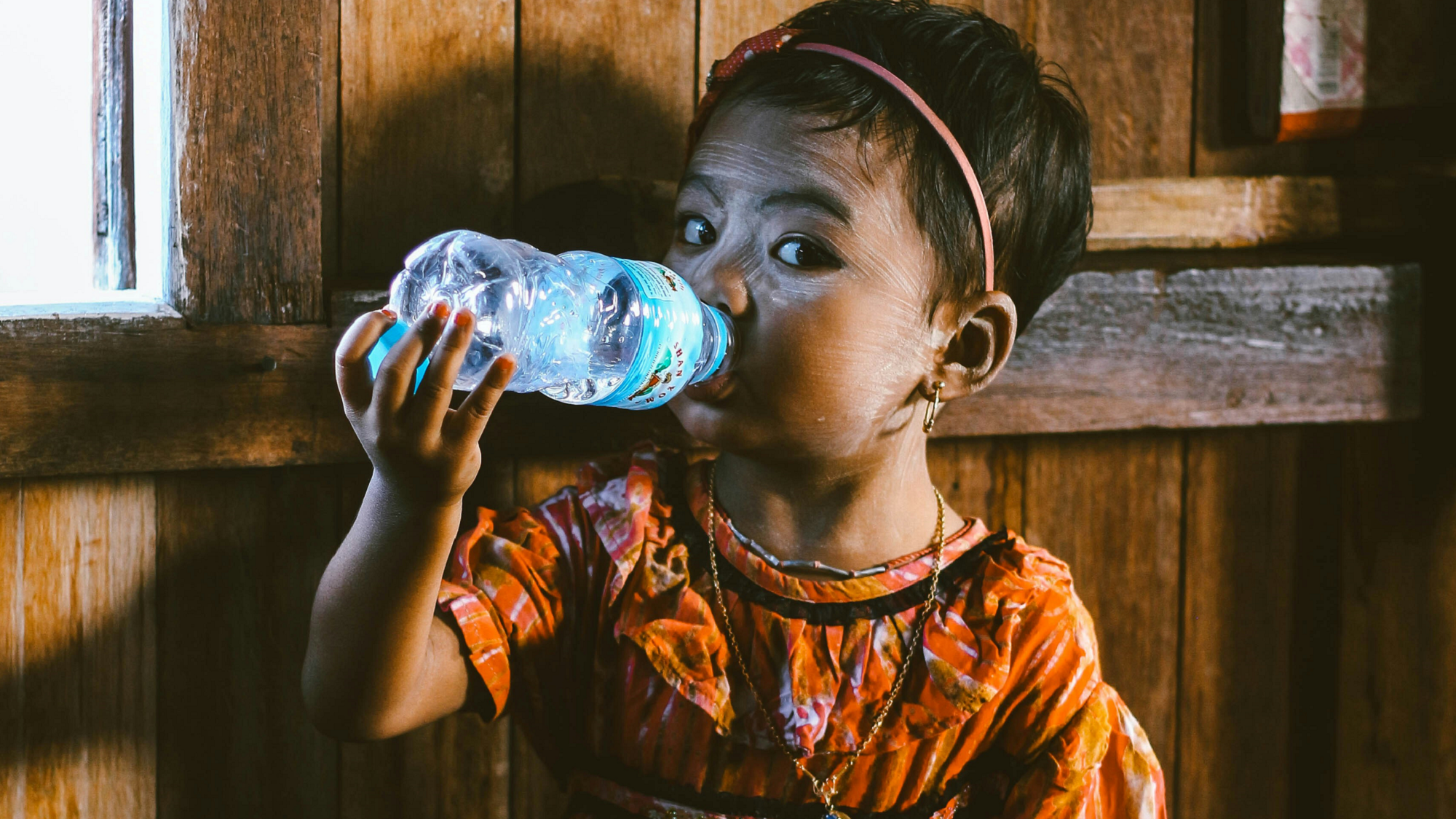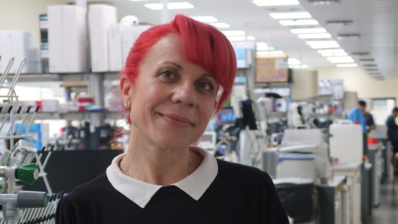Micro and nano plastics (MNPs) are very small plastic particles, less than 5 mm in size. They can be manufactured specifically to this size (such as the microbeads used in hygiene products) or they can be the result of the degradation of larger plastic products. Both can persist in the environment for decades or even centuries.
These MNPs are found everywhere – including inside us, where they reach us mainly, but not only, through food and drink. However, we still don’t know much about the possible consequences of the accumulation of these microplastics in our bodies, nor about the amounts we may be accumulating.
A recent study led by the CSIC’s Institute of Environmental Diagnostics and Water Studies (IDAEA), in which ISGlobal researcher Cristina Villanueva participated, has described a new high-resolution methodology for quantifying micro- and nanoplastics in water. They used it to analyse 280 samples of 20 commercial brands of bottled water. Based on these analyses, and assuming that we drink about 2 litres of water per day, the authors estimated an annual intake of 262 micrograms of plastic particles per adult person.
The study estimates an annual intake of 262 micrograms of plastic particles per adult.
We talked about it with Cristina Villanueva.
—————-
What is new about this new methodology for detecting micro- and nanoplastics?
This methodology – liquid chromatography coupled to high performance mass spectrometry – allows analysis of microplastics down to 0.7 micrometres in diameter, which is the smallest ever. It is also optimised for analysing a small sample volume, and several polymers at the same time. Up to now, the analyses were very bothersome because a very large volume of water had to be filtered out.
In this study you analysed bottled water; did you find differences between different brands of water?
The differences are random, one does not stand out from the others. Rather, we interpret all brands as equivalent in this respect.
You had previously carried out an analysis of plastics in tap water. What differences did you find with bottled water?
What we have seen in our two studies is that the concentrations observed in tap water and bottled water are similar and generally very low. What is different between the two types of water is the type of polymer. In bottled water, there are polymers from the container and the cap that are not found in tap water. We cannot say that one is more dangerous than the other because we do not know. Research into health effects is still in its infancy and it is not yet known how they can affect health.
But you have also found 28 plastic additives in bottled water….
Yes, although we did not analyse these in the tap water study, so we cannot categorically state that they are not present there. In any case, the analysis of additives in bottled water is qualitative. That is, we detect whether they are present or not, but we have not quantified their concentration. Some of the detected additives, such as the phthalate family, are endocrine disruptors, but as we do not have information on concentration, we cannot make a quantitative interpretation on toxicity.
It is easy to imagine that plastic from the packaging or cap could end up in the bottled water, but where do microplastics come from in tap water?
Previous studies have found microplastics in different types of food, in the atmosphere, in drinking water, etc. Wherever you look for microplastics, you will find them. Those in tap water may come from the material of the pipes themselves or, for example, from the rubber hoses of some taps.
Microplastics are in the environment, everywhere; it is not surprising that we find them in our drinking water.
Cristina Villanueva (ISGlobal)
We have started 2024 with the news of the plastic pellets dumped on the beaches of Galicia. How are they related to the microplastics found in drinking water?
The pellets in Galicia are the raw material used to make plastic products. These pellets and any plastic products in the environment (plastic waste such as bottles, etc.) can degrade and break down into smaller pieces and become microplastics as a result of abrasion, solar radiation, etc..
What could be done to reduce the presence of microplastics in water in general?
The production of plastic products has grown exponentially since the end of the Second World War and this trend will not change quickly. Plastics are part of our daily lives, so we have to accept that some exposure to microplastics is inevitable. On an everyday level, reducing plastic packaging in food will help to minimise our exposure to microplastics and additives through ingestion. In general, minimising plastic packaging in our lives will help to reduce plastic waste in the environment and therefore reduce the generation of microplastics.
What is the next step in your research?
We are analysing microplastics in biological samples (faeces) and plastic additives in urine to see what the exposure burden is in the population. We have designed a study to find out whether drinking water can influence internal concentrations of microplastics and what factors may determine these concentrations. We are still analysing the data, it is too early to draw any conclusions.
For the moment… better to drink tap water or bottled water?
The results do not show that bottled water is more convenient than tap water. Instead, consuming bottled water contributes to the problem by creating plastic waste that can end up as microplastics.
Albert Vega-Herrera, Maria Garcia-Torné, Xavier Borrell-Diaz, Esteban Abad, Marta Llorca, Cristina M. Villanueva, Marinella Farré. Exposure to micro(nano)plastics polymers in water stored in single-use plastic bottles. Chemosphere (2023): doi.org/10.1016/j.chemosphere.2023.140106.
Albert Vega-Herrera, Marta Llorca, Xavier Borrell-Diaz, Paula E. Redondo-Hasselerharm, Esteban Abad, Cristina M. Villanueva, Marinella Farré. Polymers of micro(nano) plastic in household tap water of the Barcelona Metropolitan Area. Water Research (2022): doi.org/10.1016/j.watres.2022.118645







